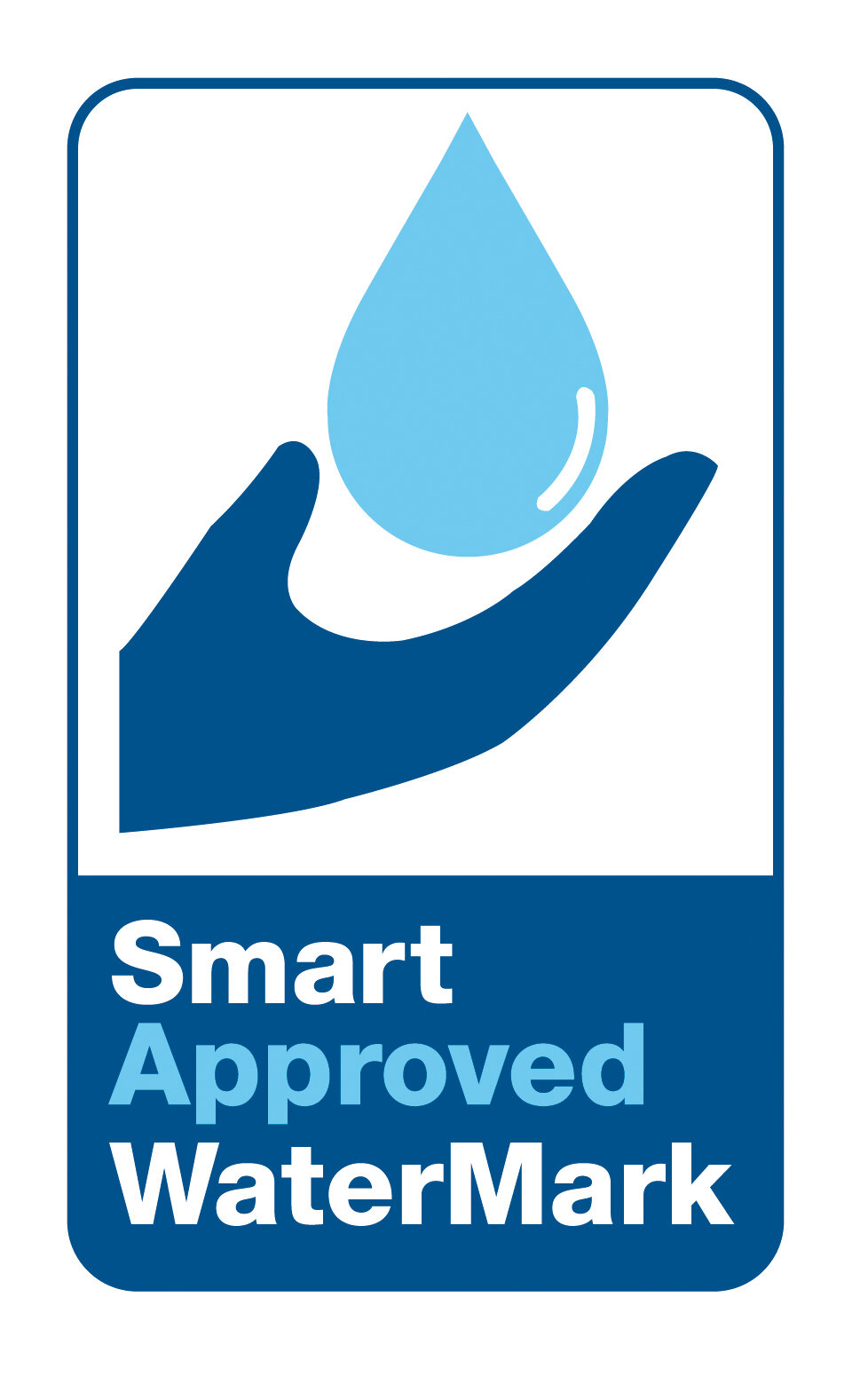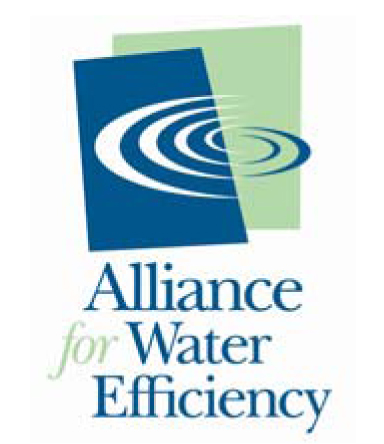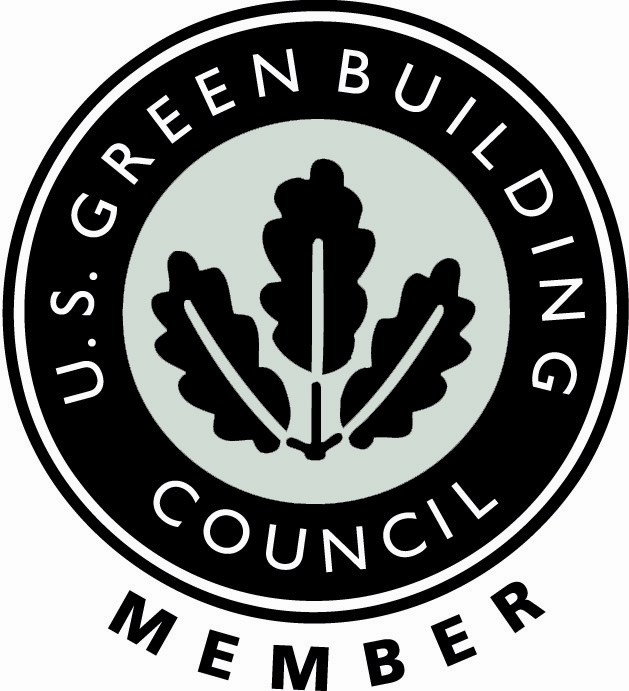California Water Service (Cal Water), which serves 500,000 customers as the nation's third-largest water utility, has reported remarkable success in its water efficiency programs.
On July 29, 2024, the company proudly announced a 20.5% reduction in water bills for its customers over the past 15 years, a significant achievement compared to projected costs without conservation measures. This substantial financial relief is a testament to the power of water conservation.
This finding comes from research by the Alliance for Water Efficiency (AWE), a Chicago-based nonprofit research organization. AWE is widely respected in the water industry for its advocacy of conservation and efficiency practices, and its research forms the basis of many water management strategies.
While it may seem counterintuitive for a utility company to celebrate reduced customer bills, the benefits of water conservation extend far beyond individual savings.
Communities across California and increasingly throughout the United States are realizing that their collective efforts in using less water are creating multiple advantages for residents, municipalities, and utility providers alike. Your role in this movement is crucial, and your actions can make a significant difference.
The AWE study highlights a crucial economic insight: water conservation represents the most cost-effective water supply strategy.
Utilities can postpone or eliminate the need for expensive infrastructure expansions and new water source development projects by reducing consumption.
This approach not only saves money but also promotes environmental sustainability and resource stewardship. By reducing water consumption, we can help preserve natural ecosystems and reduce the energy required for water treatment and distribution, thereby lowering our carbon footprint.
Understanding Conservation vs. Efficiency in Water Management
Before exploring this further, it is essential to distinguish between water conservation and water efficiency, as these terms represent fundamentally different approaches to water management:
Water conservation refers to temporary reductions in water usage, typically implemented in response to specific circumstances such as droughts or short-term water restrictions. These measures are designed to address immediate water scarcity concerns and are usually lifted once the situation improves.
Example: During a drought, water restrictions prevent the washing of cars. When the drought is over, these restrictions are eliminated.
Water efficiency, by contrast, represents a comprehensive, long-term strategy to reduce water consumption permanently.
Example: A facility removes its conventional urinals and installs waterless urinals, which reduce water consumption in the long term.
This approach encompasses:
1. Permanent behavioral changes in water usage across homes, workplaces, and educational institutions.
2. Strategic replacement of water-intensive systems with innovative, water-efficient technologies.
3. Systematic improvements in water management practices.
For facility owners and managers, understanding this distinction is crucial. While conservation measures provide temporary solutions, efficiency investments deliver sustained benefits through permanent reductions in water consumption.
This long-term approach to water efficiency ensures consistent water savings and provides ongoing financial returns through reduced utility costs and improved operational performance. By investing in water efficiency, you can secure a sustainable future for your facility and the community it serves.










